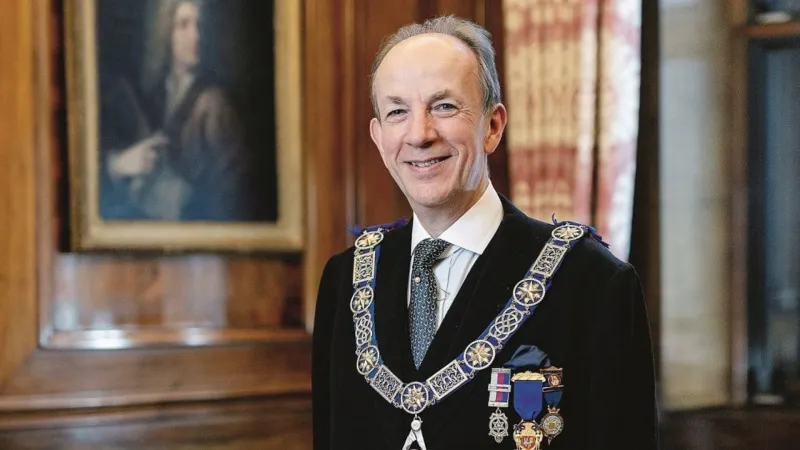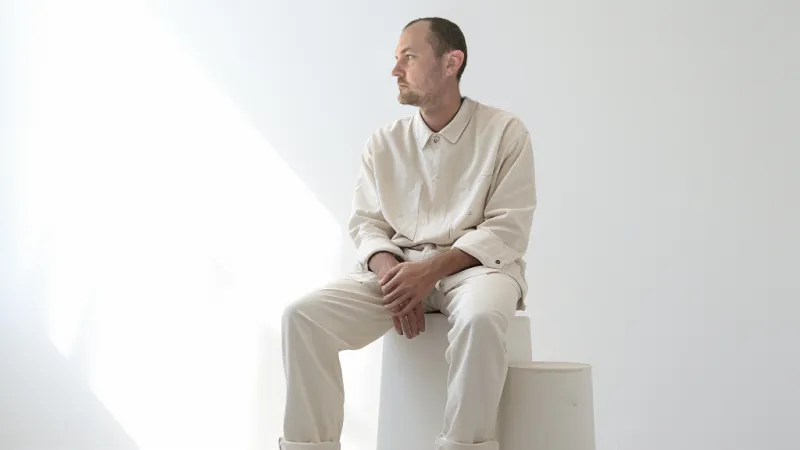Continuing our series on the 1723 Constitutions, Dr Ric Berman explains this radical change to Freemasonry against a backdrop of Jacobine and Huguenot friction.
Despite what has been written, Freemasonry’s 1723 Constitutions were not an updated version of the Old Charges that had protected local trade monopolies and provided a framework for governing a working stonemasons’ lodge. They represented a radical change, bringing in new ideas and a new structure for Freemasonry. But this didn’t occur in a vacuum. Key to understanding 18th-century Freemasonry – and Freemasonry today – is an appreciation of the context in which it developed. It is that which explains why, over a bare decade or so, Freemasonry was remoulded, becoming an organisation that promoted Enlightenment values.
Freemasonry’s 18th-century leadership was influenced by several factors, but among the most prominent were the Jacobite threat to the Hanoverian succession and the deep persecution by France of its Protestant Huguenot minority. A third factor – the sea-change in intellectual thought that occurred at the end of the 17th century and into the 18th – will be the subject of an article in the Autumn edition of FMT.
The Jacobite threat to Britain
The Pretender, James Francis Edward Stuart (1688-1766), was the son of the exiled James II (1633-1701) and his second wife, Mary of Modena. He was without question the late Queen Anne’s closest relative, her half-brother, but as a Catholic he was excluded from the succession that had been limited by the Act of Settlement to the Protestant descendants of James I.
Prince George of Hanover was crowned instead, becoming George I. His supporters argued that his coronation was justified by law and hereditary right, which was correct – he was Queen Anne’s closest Protestant relation. But the political reality was that George was crowned as a function of parliamentary diktat. This did not sit well with James Stuart’s Jacobite followers and following George I’s coronation in October 1714, riots broke out in more than 20 towns and cities across England.
Public disturbances continued the following year, but worse was to come. Taking advantage of the discontent, the Earl of Mar raised James Stuart’s standard at Braemar in September 1715 to foment rebellion in Scotland. He met with initial success and a swathe of Scotland went over to the Pretender within the month, as did parts of the border country.
London reacted swiftly. Troops were despatched to curtail the insurgency and Acts of Attainder passed against the principal leaders. Habeas corpus was suspended and detachments of the army hurried north to reinforce the garrisons in Scotland and protect the North of England.
In December 1715, James Stuart finally landed in Perth to stake his claim in person. He was too late. The Jacobite army had been reduced to fewer than 5,000 men and was finally defeated the next month. In February 1716, James Stuart abandoned his supporters and sailed from Scotland to return to exile. He was joined by other leading figureheads and, deserted by its leadership, the Jacobite Rising collapsed.
But although the Rising had been unsuccessful, the Jacobite threat endured. Although described as real, imagined and a contrivance wheeled out by Whig politicians to maintain their political power, the actuality was a mix of all three. The Jacobite hazard may have waxed and waned, but protecting Britain and Ireland against another rising in tandem with a French or Spanish-backed invasion remained at the core of government policy until the 1750s, following the axiom that 'idleness where Jacobites were concerned was an unaffordable luxury'.
The Huguenots
Among those most concerned about the Jacobite threat were the Huguenots: Protestant refugees and their descendants who had fled French persecution.
Under Louis XIV, the ‘Sun King’, the persecution of French Huguenots had become entrenched. It reached a peak in the 1680s with the ‘Dragonnades’, the intimidatory billeting of French soldiers in Huguenot households, a policy that resulted in violence against Huguenots. It was compounded a few years later in 1685 by the rescinding of the Edict of Nantes, depriving Huguenots of their remaining civil and religious liberties.
Despite the risks – those who were caught faced severe punishment – Huguenot migration from France accelerated. A trickle became a torrent, with a third of Huguenots fleeing, some 250,000 or so. More left subsequently. Some migrated to the Low Countries; others travelled to the Protestant German states, Switzerland or Scandinavia, North America and Southern Africa. But the most popular destination was England, which received 50-80,000 refugees. The majority settled in London, where they represented around 10 per cent of the population.
The British were sympathetic and ensured that financial support for the Huguenot refugees was forthcoming. And that support was reciprocated. Sanctuary in Britain made the Huguenots among the most patriotic subjects, with a powerful allegiance to the Protestant George I.
For Britain’s Huguenots as well as its Whig government, the prospect of James Stuart taking the British crown via a domestic insurrection supported by France or Spain was regarded as an existential threat. And this fear was justified. The 1715 Rising was followed in 1717 and 1719 by two attempted invasions, and in 1721 by the treachery of the Bishop of Rochester: the Atterbury Plot. Other threats would follow and culminate in the 1745 Jacobite Rising.
Religious and political insecurities were at the root of a belief among Huguenots and much of the British establishment that the institutions that shielded them required – if not demanded – their support. And that pattern was etched on to English Freemasonry, with the Grand Lodge of England configured to promote and defend the Enlightenment philosophical legacy of the ‘Glorious Revolution’ – which had swept James II from the throne – including the Bill of Rights that followed.
Senior Freemasons included Dr Jean Theophilus Desaguliers and Charles Delafaye – both prominent Huguenots – and their supporters, including the Dukes of Montagu and Richmond. They and others sought to ensure that Freemasonry’s Charges, Regulations and Ritual would endorse Enlightenment principles. It is not possible to conceive that this was other than intentional and in substantial part a response to the threat posed by the Jacobites to Britain’s social and political security.




